2013.03.28 10:36
Is drawing dead?
Word processing doesn't make me less considerate of what I write, in fact, it gives my words alacrity. The same can be said of what CAD gives my designing.
2013.03.29 17:41
Is drawing dead?
...you just wrote something that uncannily relates to how I see my designing via CAD as different from how architects are generally taught to design. From virtually the very beginning, now 30 years ago, CAD has indeed made me want to "design by quickly throwing something together," and it's not to be fast and done, but to be that confident and actually good.
2013.05.21-23
What are the cultural ingredients of architecture today?
2013.07.30 14:15
30 July
Finished reading Log 28 this morning--been reading it since last Thursday. Also been thinking of starting a thread about it--Stocktaking 2013. In any case, there are many passages worth remembering and even discussing. For example (and off the top of my head), Kipnis saying very similar things vis-à-vis (a comparing of) Gehry and Schinkel; PVA lamenting 'destruction' via tweets, Lynn now working in 'isolation', Diller meeting a non-architect that took Venturi's history class and said it was the best course he ever took; AZP's personal CAD history; what Whiting described as 'evil'; etc. There's also the almost invisible veil of fear that postmodernism may not be dead.
2013.08.05 09:23
Art History
When dealing with history, creativity often involves (or even starts with) making the non-obvious choices.
2013.08.05 21:12
Art History
I like art history because I like learning new things. If anything, art history is an ongoing lesson in exactly creativity, a way to sharpen the cutting edge, even.
2013.08.15 16:44
Art vs. architecture
Looks like my next project is to design a Comfort Zone Inn. Here's the program:
The Comfort Zone Inn is a behavioural state within which a person operates in an anxiety-neutral condition, using a limited set of behaviours to deliver a steady level of performance, usually without a sense of risk. A person's personality can be described by his or her comfort zones within a Comfort Zone Inn. A Comfort Zone Inn is a type of mental conditioning that causes a person to create and operate mental boundaries. Such boundaries create an unfounded sense of security. Like inertia, a person who has established a comfort zone in a particular axis of his or her life, will tend to stay within that Comfort Zone Inn without stepping outside of it. To step outside their Comfort Zone Inn, a person must experiment with new and different behaviours, and then experience the new and different responses that occur within their environment.
| |
2013.08.17 10:17
17 August
2008.08.17 12:03 I just looked up trend spotting on google because that's what current architectural theory/history wants to be good at but isn't, and followed a link and then another link, and there it was, the conceptual model of my next building...
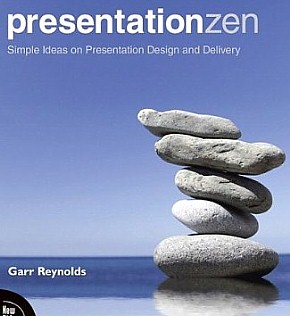
Finally got around to it 2013.07.18...
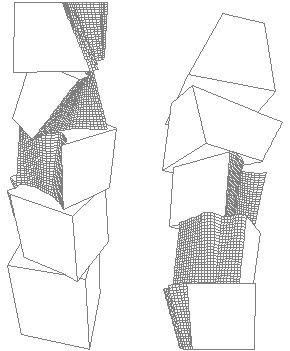
| |
2013.08.17 14:31
17 August
To be honest, the product was not actually created with the above concept (image) directly in the fore of my mind. Seeing the presentationzen image this morning quickly reminded me of what I was doing a month ago, and then said to myself, "Aha, there's the connection!"
What impressed me about the stacked distorted 'cubes' (as tall as the quondam World Trade Center towers) was their distinct look of instability when seen from street level. An visual instability, even though the 'cubes' are stacked flatly atop each other, created by the various cantings of the various 'cube' sides.
2013.08.18 11:17
17 August
...who knows how this design might develop. Right now it's the product of about an hour's worth of design (play), and still the most unlikely of buildings, if not plain impossible. I might change the scale (x,y,z) completely and develop the design as a 10 or 15 storey building--a Pradada HQ or something (telling the client it's a stack of fancy hat boxes). Just keepin' it virtual.
Now I'm thinking of starting a whole new set of buildings with the distorted 'cubes' also rotated but stacked side-by-side.
2013.08.18 17:35
17 August
...citing Hejduk's Wall House 2 introduces a very interesting associational trope. Very interesting, and even opens up a whole new area of play. It also got me thinking of an enigmatic set of ten 'buildings' within Hejduk's second to last book, Adjusting Foundations (1995), here's two:
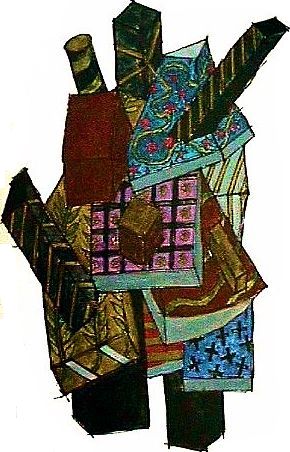
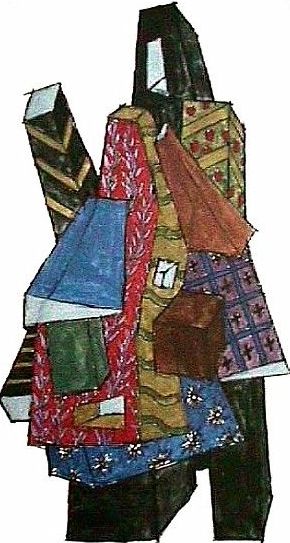
These buildings are not labeled (as to what they might be), nor are they even listed in the book's table of contents. Stacks of extra fancy hat boxes?!? A presence of architectural presents?!?
| |
2013.08.18 11:44
Why do you think you're creative?
I'm just starting to read a collection of critical essays on James Joyce, and so far it's interesting to see how Joyce's unique creativity seems to induce a creativity from the essayists that they might not normally have. I've sometimes noticed a similar effect when reading critical essays on Duchamp. Philippe Duboy's Lequeu: An Architectural Enigma is perhaps the apotheosis of this kind of critical effect creativity.
Is it then a fair hypothesis that one's critical deliberation of a unique creativity might well engender an as yet uncommon creativity from oneself?
2013.09.07 10:35
Are you into modernism or do you also like historical architectural styles?
Cooper & Pratt House
Mayor's House
Ur-Ottopia House
Stoner Food Restaurant
Gooding Trice House
Headquarters of D.A.T.A.
Courthouse with Garage Plus Ultra
Zany House 001
Lauf Haus der Kunst
Schizophrenic Fold 003
House for Otto 003
House for Otto 007
Obviously, I'm into (creating) 'dys' architecture styles: dyskenesic architecture, dyslexic architecture, dyslalic architecture. Hopefully, I'll continue to design even more dys-architecture styles.
2013.09.08 13:00
Obama names critic of Gehry's design to Eisenhower Memorial Commission to oversee DC project
...don't forget that after the Vietnam Memorial was complete, there was still a controversy that Lin's design was too abstract, and eventually a representional statue of three soldiers looking as if cautiously scouting a jungle was added to the 'entry' point of the path to the wall of names.
Does the design 'battle' hinge on abstraction versus representation?
I'm still hoping to find a sketch I drew for a design project from first semester of fifth year (Fall 1980). The project was an omni war memorial for Philadelphia's Independence Mall, the site was where the US Constitution Center now stands. The guest studio critic was Allen Greenberg, who was big on (the design history of) Lutyen's WWI Memorial Cenotaph in London. The sketch is not what I ultimately presented because I just knew it wouldn't go over too well at jury. Anyway, the design was of seven 30' high white marble monoliths, one for each US war up to that time, standing erect in line across the site. Each slab was blank except for a 1' high thin vertical gash somewhere about half way up which acted as a fountain releasing water that would run down the slabs and into a shallow pool connecting all the monoliths. I wanted the water of the fountain dyed deep red to look like blood.
Today, that design could well be a seen as an uncanny composite of abstraction and representation.
2013.09.09 17:53
Obama names critic of Gehry's design to Eisenhower Memorial Commission to oversee DC project
I'm no longer conflicted because this is how I'm going to remember Eisenhower from now on:
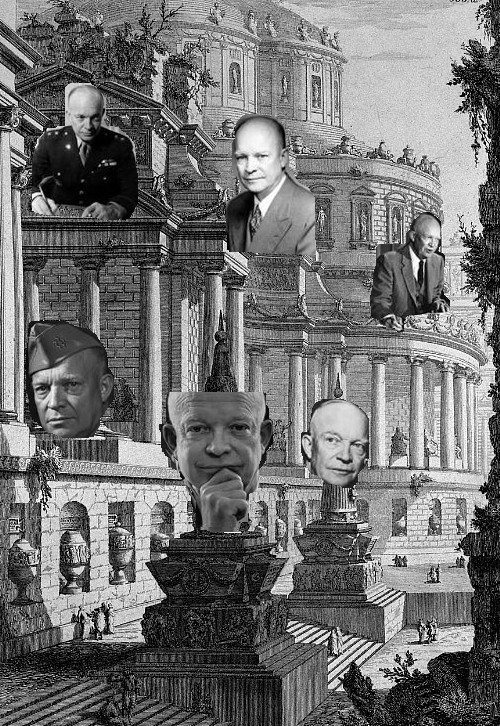
|